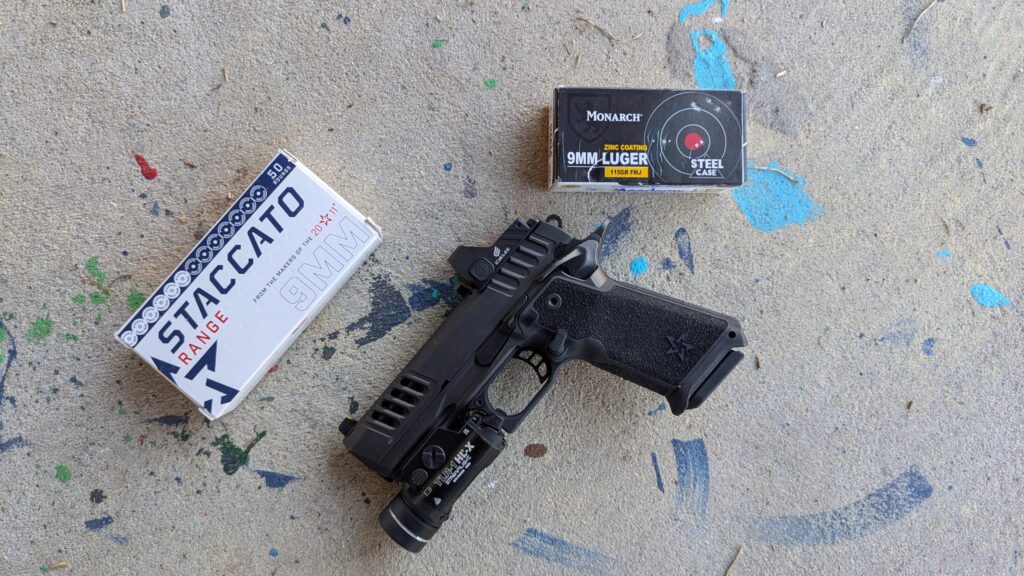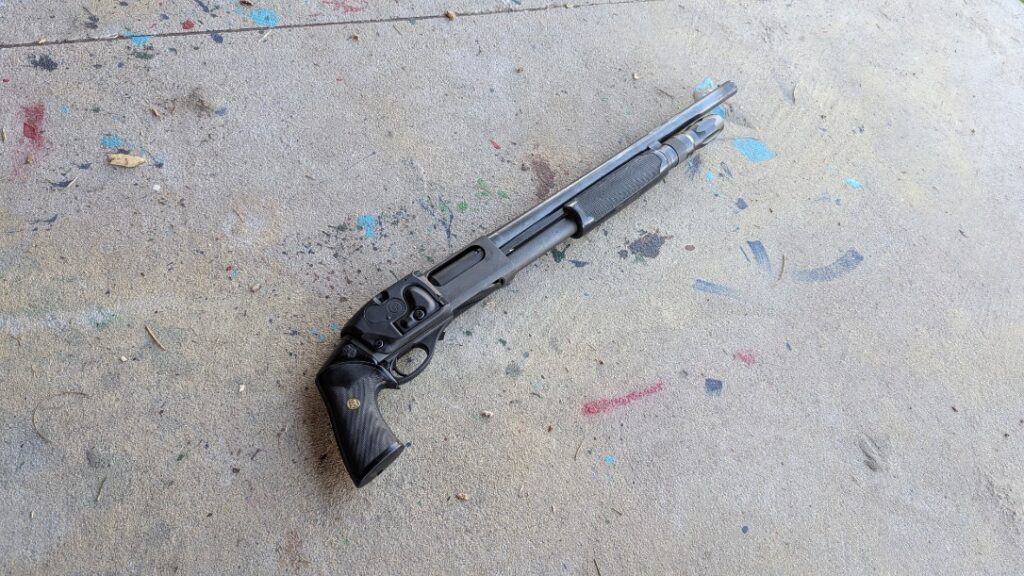Continued From Part 1
Smith & Wesson Carry M&P 2.0 Metal Carry Comp: Practical Experiences And Observations
The Smith & Wesson M&P 2.0 Metal Carry Comp Full-Size has been quite reliable and has cycled every type of round I’ve put through it, both factory and handloads. Furthermore, I had no problem shooting specialty action-pistol competition ammo such as HOP Munitions’ 147-grain Poly load that I’ve been shooting throughout the summer. This HOP round is ideal for sport-use, and my Garmin chronograph data also suggests that it’s loaded consistently, too.
Even though pistols may require lighter springs to shoot this round, the Smith & Wesson M&P 2.0 Metal Carry Comp cycled it perfectly with its factory-standard light-blue-tinged RSA (recoil spring assembly). I’ve previously written that it feels as if this load and this pistol were made for each other.
Advertisement — Continue Reading Below
If I weren’t already working on ranking up in USPSA Carry Optics with my brace of Walther PDPs, shooting an M&P 2.0 like this one with the HOP load (and the correct type of non-ported barrel) would be quite tempting. All other rounds I fired through the pistol, including offerings with varying bullet weights ranging from 115 to 147 grains from CCI, Fiocchi, Federal, Hornady, and Staccato, also cycled without issue.
The M&P 2.0 Metal Carry Comp Full-Size nor any of the other M&P 2.0s I’ve fielded have never been picky about cycling aluminum-cased cartridges either.
Running the Steiner MPS
Other than the first fifteen rounds I fired quite literally the day before my Steiner MPS enclosed-emitter red-dot sight arrived, all of my shooting with this handgun has involved mounted optics. I used an Apex Tactical ACRO/MPS optics plate to mount said Steiner MPS to the Carry Comp. To secure the optic to its mounting plate, I used the Steiner MPS Super Clamp—also from Apex Tactical.
Advertisement — Continue Reading Below
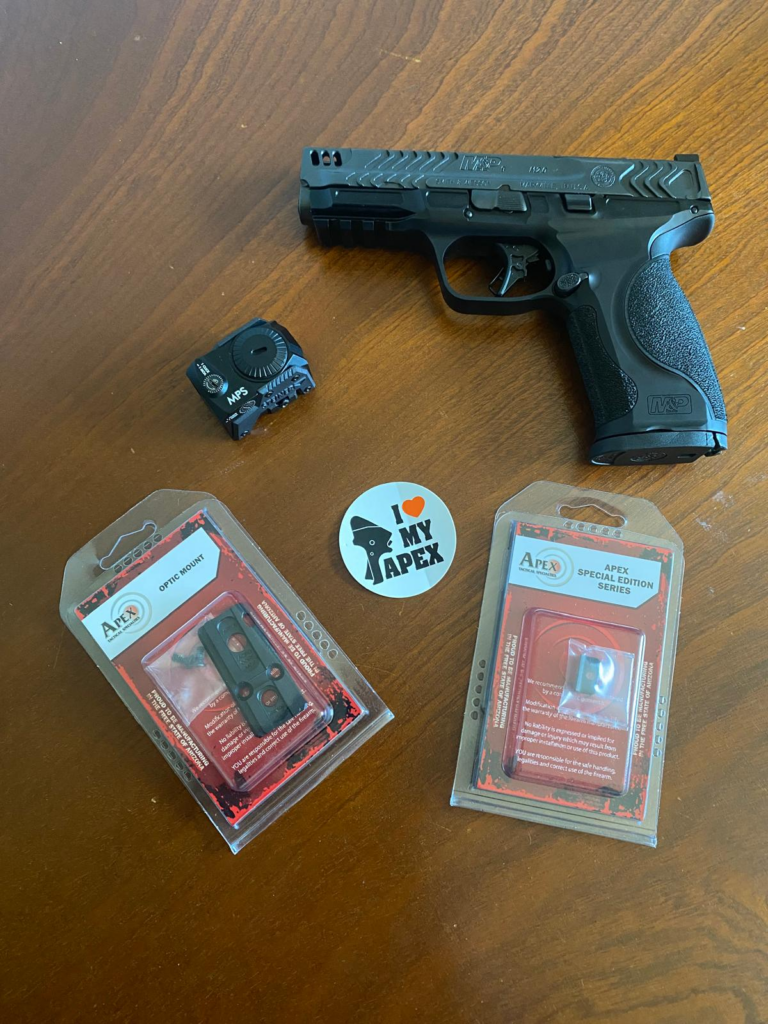

The M&P 2.0 Metal Carry Comp Goes To School
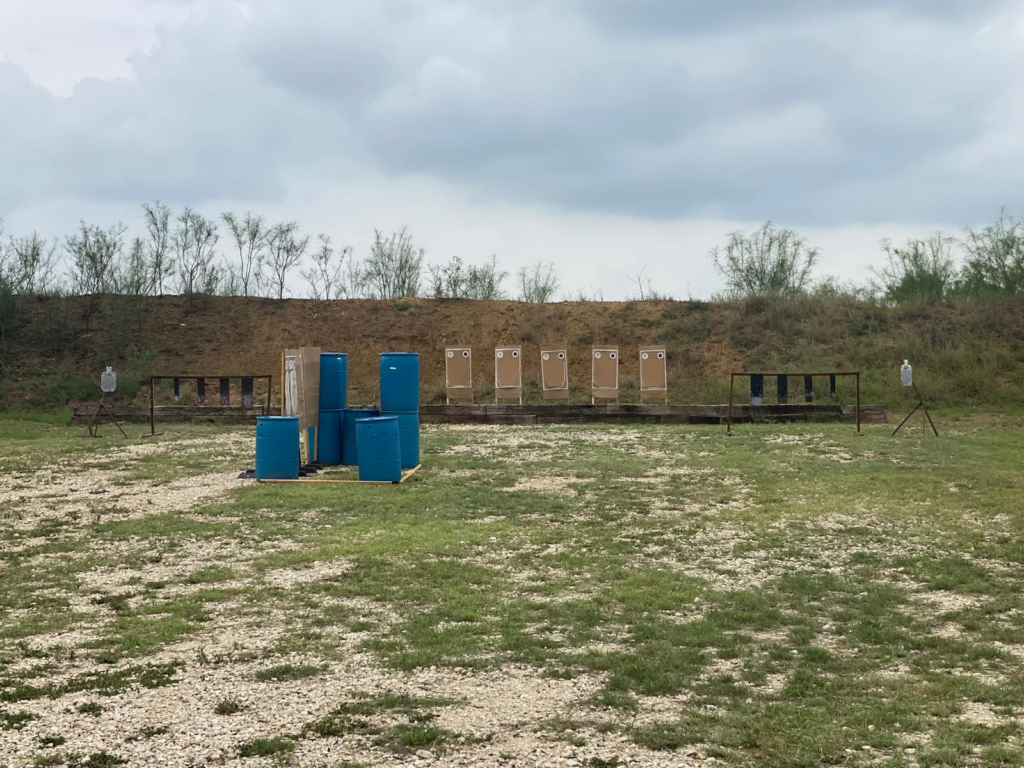
Advertisement — Continue Reading Below
The lion’s share of my shooting with Smith & Wesson M&P 2.0 Metal Carry Comp happened during the first day of the Greybeard Actual Pistol Skill Development two-day course. That day, I fired at least 653 rounds of Blazer Aluminum. When factoring in the remainder of the round count the pistol saw prior to class, the total lies somewhere between 800 and 1000 rounds.
In Part 1, I mentioned that I’ve technically reviewed five different M&P 2.0 pistol models, but I was glad for the opportunity to actually run the pistol hard in Greybeard’s class. Until now, most of my shooting with the M&P family had been academic. So, this intensive class allowed me to wring out the Smith & Wesson M&P 2.0 Metal Carry-Comp during a hot and sweaty summer day.
Using an appendix inside-the-waistband KSG Lexington holster, I shot the entire class from concealment and carried the gun exactly as I would normally.
Advertisement — Continue Reading Below
The M&P 2.0 Metal in Hand
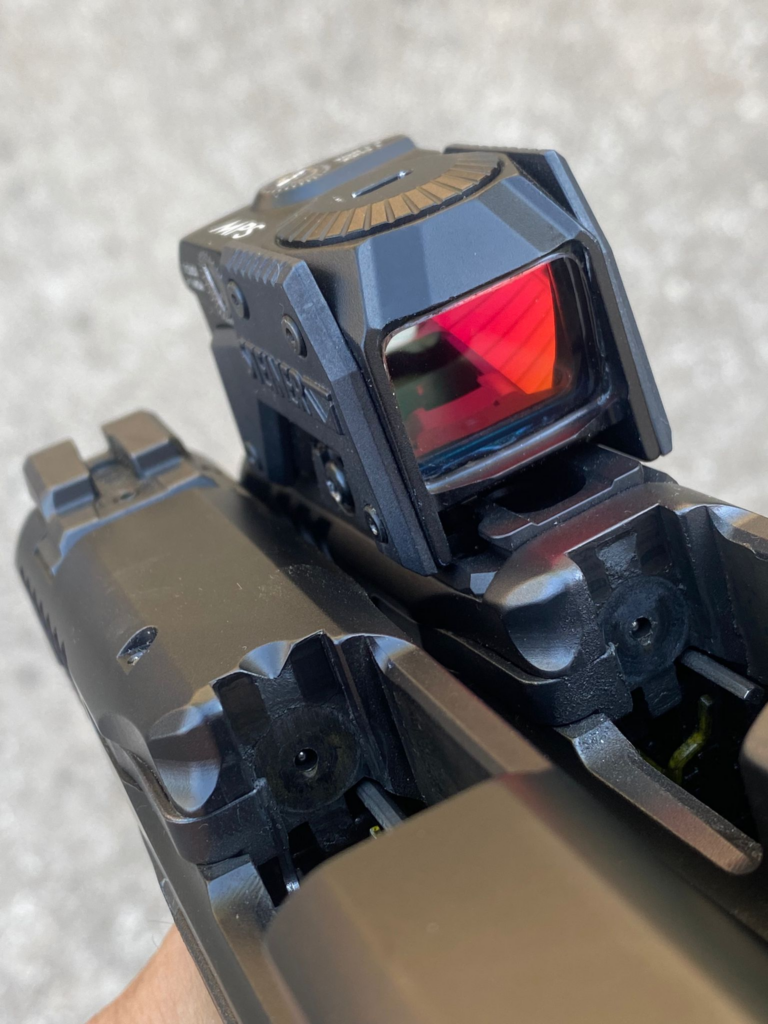
Besides the contour, one of my favorite things about the grips on the M&P 2.0 Metal frames are their fronstrap inserts. They tend to be aggressive and help anchor the gun to the shooting hand.
Several hours into the class and after numerous repetitions in drawing from this concealment holster, that frontstrap insert really proved its worth. However, by the middle of the first day, I was covered in sweat, and the non-textured areas surrounding the grip had a tendency to feel slippery.
Advertisement — Continue Reading Below
Similarly, in spite of how cool the serrations on the Carry Comp’s slide look, I found them harder to grab as well. While one could always use the mounted red-dot sight as a slide-racker, I tend to avoid that to not invite needless fingerprints and detritus to the objective lens.
With that in mind, the engineering team at Smith & Wesson reprofiled the breech-face of this pistol’s slide. This was done to redirect escaping carbon, gasses, and lubricant to prevent them from blurring a red dot’s objective lens.
After 653 rounds by the end of the first day in class, I definitely noticed a difference. I think any dedicated slide-mounted red-dot pistol shooter would welcome this subtle tweak.
Advertisement — Continue Reading Below
Slide Stop Considerations
While not the fault of the M&P 2.0 family, I’ve never been thrilled about the location of their slide-stops due to the shape of my own thumbs. I’ve also noticed that when depressing them, these slide stops tend to feel stiffer than those found on other models.
During the first few hundred rounds, I had to use both my thumb and index/trigger finger to put enough pressure on the slide-stop to actuate it. However, it had worn-in more by the end of the day. I think the “extended” Smith & Wesson Performance Center slide-stops that the full-size M&P 2.0 Carry Comp has should be standard across the M&P 2.0 series. They do make a difference, especially once these parts break-in.
Even with its quirks, not once did I ever feel like I was truly fighting the Smith & Wesson M&P l while actually shooting. The gun was reliable, it pointed well, its slide tracked well, and it allowed me to focus on shooting. What more can a shooter ask for than a gun that doesn’t impede their shooting?
Advertisement — Continue Reading Below


